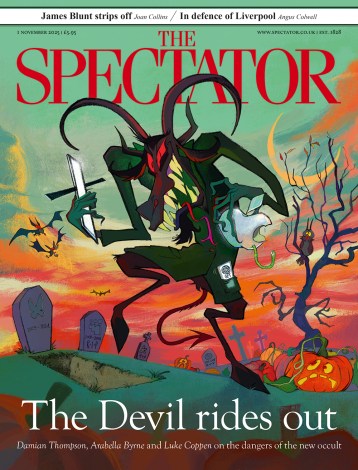The longer I play this game, the more convinced I am that the single most important quality required to be a great player is mental discipline — the ability to push your concentration to the limit. My own concentration, I should add, is decidedly erratic: when trying to work out probabilities and contingency plans, I often find myself giving up and hoping for the best. The mind is a muscle, and I don’t exercise it nearly enough.
An example of a player with a real six-pack of a brain is the Swedish international Gunnar Hallberg. Being a former world champion doesn’t stop him trying to improve his game constantly: he’s always analysing hands and jotting down problems that crop up at the table to think about later.
He recently came up with a brain-teaser which not a single member of his club could solve. If you want to have a go yourself, cover up the diagram at the bottom of the page; you may well need to put aside the rest of the day.
The aim is to make two tricks. What cards must each opponent hold for this to be possible and how, therefore, do you tackle the cards (you have ample entries back and forth)?J4
A732
If you give up, you’re in good company: even the experts Gunnar asked were flummoxed. Here’s the only possible holding to enable you to make two tricks:
| J 4 | |
| K Q 6 5 | 10 9 8 |
| A 7 3 2 | |
Play the 2 towards the J. West must rise with the Q. When you regain the lead, play the J. West must win with the K. Later, when you cash the A, East’s last card from his original holding of 10 9 8 drops and your 7 becomes good.
Now that’s what I call a mental workout.





Comments